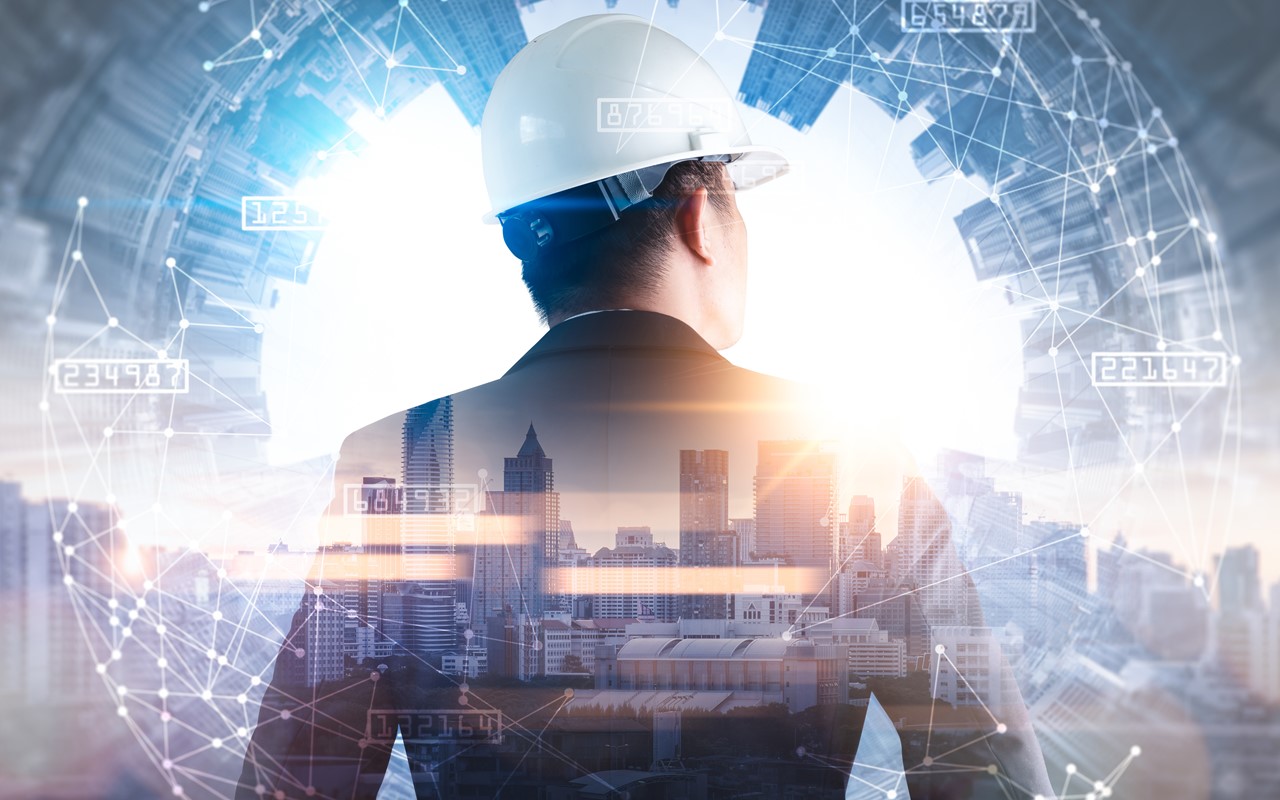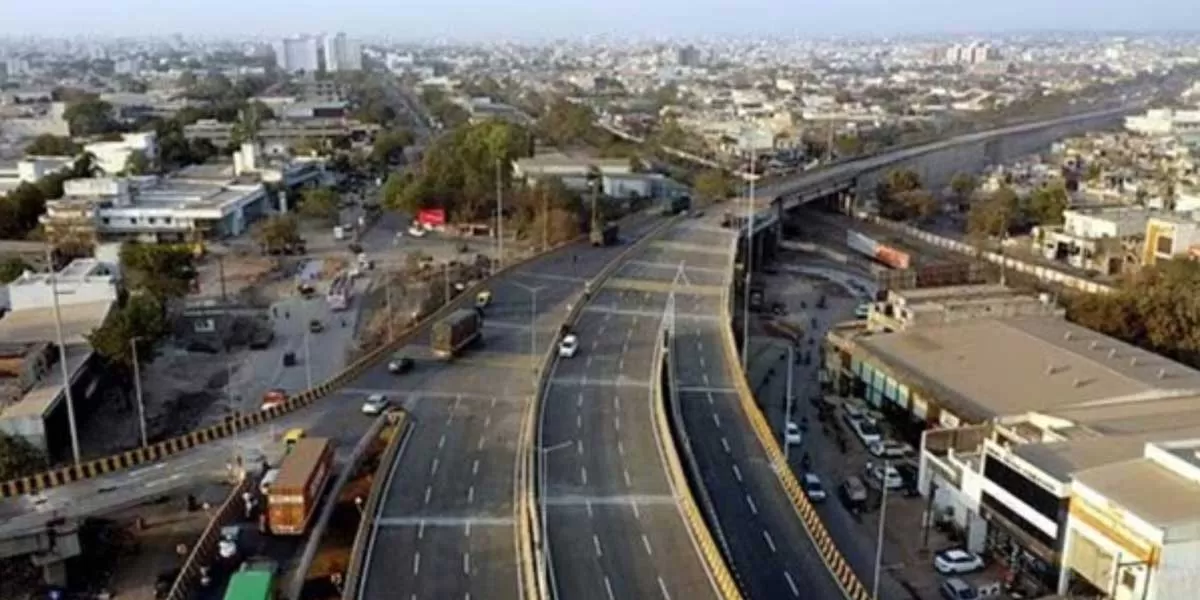Prior to COVID-19, the construction industry was well on its way to embracing technological advances that alter what was previously known as the standard construction site. The advent of “smart” technology was also shifting the role of both industry professionals and front-line construction workers.
The net result was an upward trend in improving construction firms’ ability to compete, bid and win projects; a boost in profit margins; and the provision of a much safer work environment with drastically reduced exposure to harmful conditions.
The construction industry has been steadily incorporating “smart contracts” into their business practices, with some using Blockchain technology to implement a given project’s rules and deadlines, in addition to making tracking deliverables and remitting payment for services as easy as swiping a mobile phone screen.
Drones being used to map large construction sites in real time and perform tasks at dangerous heights to mitigate human injury is now commonplace.
Mobile technology, augmented reality and building information modeling utilised to generate, manage and share 3D-based computer images of buildings and infrastructure were beginning to replace large in-person meetings around stacks of paper blueprints.
As the world battles COVID-19, recent technological advances have unwittingly prepared the construction industry for the many changes required to endure the pandemic.
Technology to the rescue
Updated shelter-in-place orders have allowed construction to resume, but only pursuant to compliance with stringent safety protocols based on social distancing. Social distancing on a construction site presents particularly difficult challenges, as most project sites are “high-touch” areas that involve sharing equipment and tools; require work to be performed in small, tight, enclosed spaces by teams; and, necessitate routine face-to-face meetings in situations where written or digital communications would be impractical.
With the health of construction industry workers and reduction of the spread of COVID-19 being a primary societal concern, the use of technology in construction will continue to rapidly accelerate.
While clear communication has always been key to a successful project, it has become paramount in an environment with decreased in-person interaction due to the need for social distancing. Accurate information available in real-time to all parties involved is necessary to set explicit expectations and to decrease the likelihood of disputes.
Project management software specifically meets these needs by providing a platform to collect and organise information throughout all stages of a project, from bidding to punch list. Further, and perhaps more importantly, this type of software allows up-to-date information to be disseminated to all involved through mobile apps and web-based software.
Transparency among the parties involved in a project solves many disputes but also allows for robust problem solving when disputes are unavoidable.
Faster business and admin functions
Other technology, not necessarily construction-specific, will also likely see an acceleration due to COVID-19 for the construction field. For example, human resources technology is used to automate administrative processes related to labour, such as time tracking and payroll processing.
Companies still using antiquated processes, such as manually completed timecards, can take advantage labour technology from apps that track time and generate paystubs, to fingerprint or facial recognition timeclocks.
During COVID-19, this type of technology provides the added feature of cutting down on the need for paper if timesheets and pay stubs can be provided and delivered electronically. Further, it can cut down on the need for additional in-person contact if labour information is transmitted electronically to office staff. With conflicting information on how long the Coronavirus lives on surfaces, the more processes completed electronically the better.
With an emphasis on carrying out processes electronically, the use of digital signatures will accelerate even more for the construction industry, with the benefits of cutting down on printed paper and speeding up the delivery of contracts with no in-person contact.
Legal implications
While many large and mid-sized companies have incorporated elevated levels of technology in their business practices, those who have not will have to adapt to survive. However, as with any new industry standard, legal implications exist.
For example, wearable job sensors connected to GPS may replace written timesheets and shared laptops and computers used to track employee time. Among the benefits of jobsite sensor technology is the ability to monitor an employee’s location and detect non-movement due to a possible physical injury or fall. These sensors can also be used to trace and track employee contact in the event of a later, positive COVID-19 test.
On the other hand, privacy concerns and resulting legal issues are foreseeable. In a sense, the acceleration of technology in construction can enhance safety and efficiency, but some may argue that privacy and personal freedom are being unduly infringed upon.
When working with new technology, which collects data, particularly biometric data, care must be taken to ensure compliance with applicable laws. For example, Illinois’ Biometric Information Privacy Act has been on the books since 2008. BIPA regulates how private entities collect, use and share biometric data and imposes certain security requirements. The act imposes various obligations, including:
• A written retention and destruction policy;
• Written release;
• Prohibition against profiting (even with consent);
• Restrictions on disclosure; and
• Security requirements.
The teeth for enforcement are in the form of a private right of action that enables any aggrieved person to recover for each violation the liquidated amount of $1,000, or actual damages (whichever is greater) for negligent violations and $5,000 or actual damages (whichever is greater) for intentional or reckless violations. Further, plaintiffs may recover reasonable attorneys’ fees and costs. Texas and Washington have their own biometric privacy laws, while California’s Consumer Privacy Act went into effect on January 1.
It has often been said that crisis pushes innovation and that every problem is an opportunity in disguise. The COVID-19 crisis is presenting challenges at a pace and scale that have caused the construction industry to accelerate the pace of technological change.
At some point, the technological changes being imposed upon the industry because of the pandemic may be voluntarily maintained to the long-term benefit of companies and their workforces.
About the authors:
Amanda represents clients at all phases of litigation at the state, federal and appellate court levels. She works closely with clients to ensure that individual business goals intersect with legal strategy and that clients understand every step of the process as she streamlines remedies regarding business disputes, breach of warranty, breach of contract, product liability, breach of fiduciary duty and construction disputes.
Ketajh is a commercial litigator with a diverse and dynamic practice, focusing on contentious business disputes in both state and federal courts. He defends some of the nation’s largest corporations and associations from allegations such as tortious conduct, product liability and breach of contract.
Reprinted from Construction Executive, August 14, 2020, a publication of Associated Builders and Contractors, copyright 2020. All rights reserved.


















